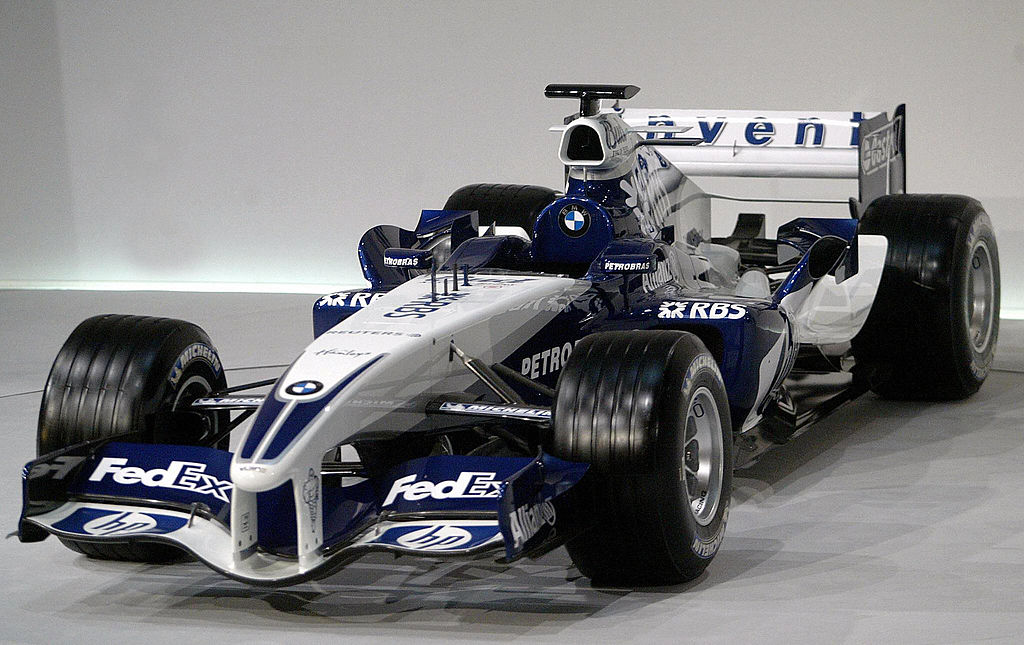

It hardly takes Captain Obvious to figure out that the brakes on a race car and a road car are in completely different leagues. Of course, this is not a competition between your garden variety road and race cars—no cat fight between a Camry and some drift missile 240SX with a welded diff. No, this is a comparison between a BMW M3 and a Formula One car. F1 cars are so hard to drive that fewer than 50 people in the world at any given time have both the fortitude and the skill required to handle them at race pace.
In the video, the two cars accelerated to 120 miles per hour before crossing a line that indicated where they are supposed to start braking. Now, as it should be obvious, the BMW takes a longer distance to slow to a stop than the F1 car does. The reasons why are numerous, with factors such as aerodynamic drag, tire compound, contact patch with the road, and weight being relevant to the stopping performance of each car. The F1 car has the upper hand in all these areas, as it has wider tires, huge wings, and it weighs barely half of what the BMW does.
The real kicker, however, is that this does not quite represent how good an F1 car’s brakes truly are. The car in this video is almost certainly driving on cold tires (which reduces grip), so the F1 car could have stopped even faster in a race scenario. Furthermore, the F1 car’s advantage over the road car would increase as the speed from which they stop increases. If both cars had stopped from 155 miles per hour, the gap between the two would have been even larger, as the F1 car’s wings would have increased the grip of the tires above the speed of approximately 90 miles per hour, giving it yet an even greater advantage under braking.
A good stomp of the brakes in almost any car is enough to wake most people up—but in an F1 car, it is enough to knock most people out.
